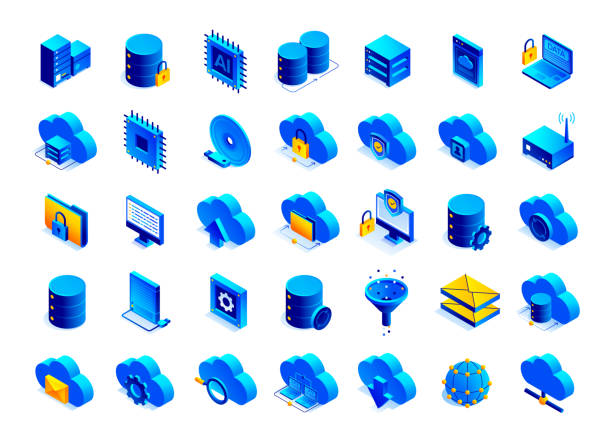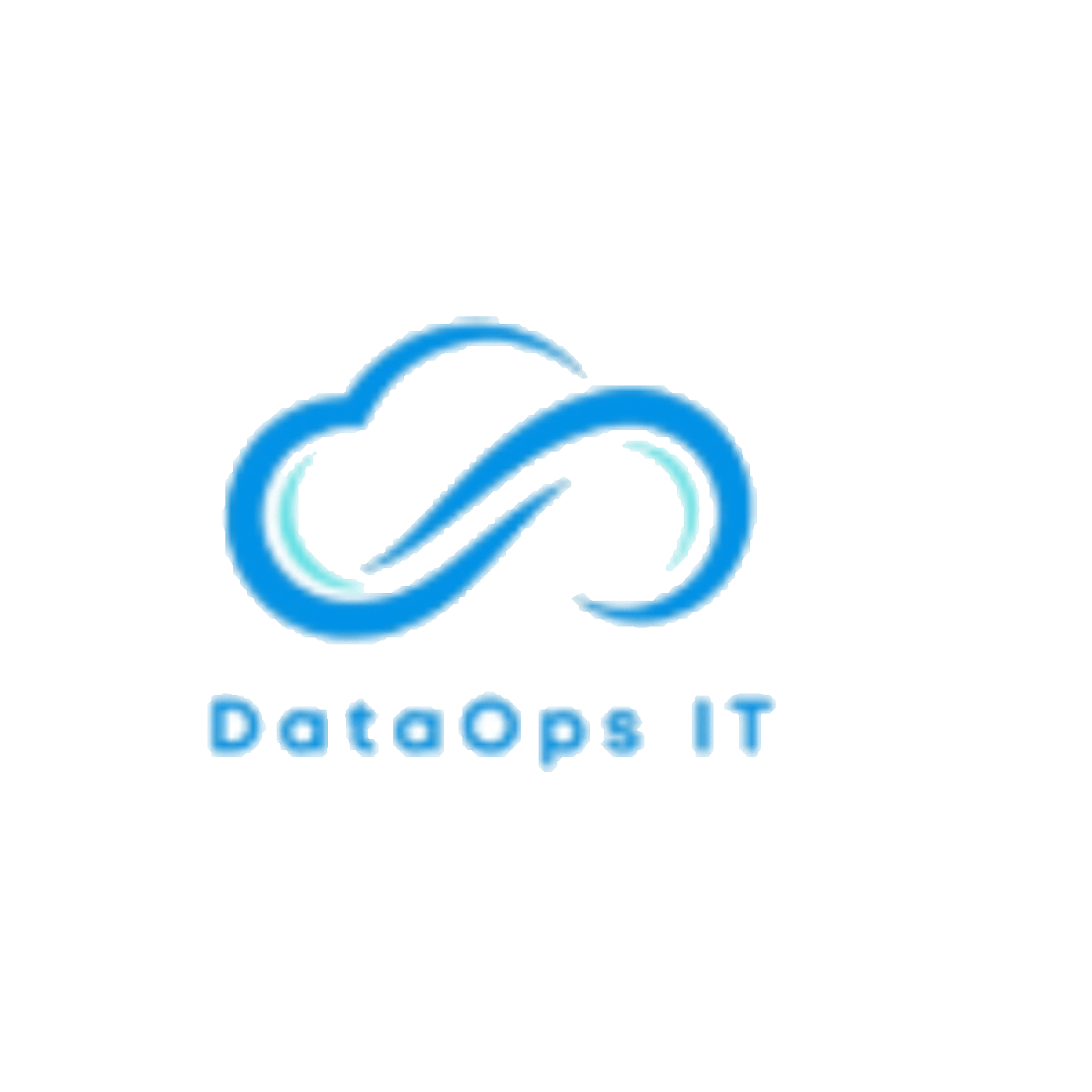DB Migration vs SCT | DataOps IT

In today’s fast-moving digital world, businesses are increasingly looking to modernize their systems by shifting databases to the cloud or upgrading from legacy platforms. This is where Database Migration Services come into play. Two major tools commonly used in this process are DMS (Database Migration Service) and SCT (Schema Conversion Tool). At first glance, they may seem like they do similar things—but in reality, they serve two very different functions.
If you’re just starting out with cloud technologies or considering moving your data infrastructure to a more scalable environment, it’s important to understand how these two tools work and how they complement each other within the larger scope of Database Migration Services.
Understanding DMS: The Data Mover
DMS stands for Database Migration Service. As the name suggests, it is designed to move your actual data from one database to another. It supports both homogeneous migrations (when the source and target databases are of the same type, like MySQL to MySQL) and heterogeneous migrations (where you’re moving from one type of database engine to another, such as Oracle to PostgreSQL).
The core job of DMS is to transfer records, tables, views, and other content from your source database to your destination database. It doesn’t concern itself with converting database structures or code. Instead, it ensures the data is securely and efficiently moved with minimal downtime. This is especially useful for businesses that can’t afford significant interruptions in their operations.
Imagine you are running a retail application on a legacy SQL Server database and you want to move your entire infrastructure to AWS for better performance and cost efficiency. With DMS, once your new environment is set up, you can replicate all the existing data from your SQL Server database into AWS RDS with ease, even while your original system is still live and in use.
DMS is known for its simplicity, high reliability, and ability to synchronize ongoing changes. This means that even after the initial data migration is complete, it can continue updating the target database with changes from the source until you’re ready to switch over.

Understanding SCT: The Schema Translator
While DMS handles the movement of your data, SCT (Schema Conversion Tool) is responsible for something entirely different: transforming the structure of your database when you’re switching from one type of engine to another.
Database engines have different ways of defining tables, data types, functions, stored procedures, triggers, and even indexes. For example, the way Oracle handles PL/SQL is very different from how PostgreSQL handles its stored procedures. This is where SCT comes in—it examines your current schema and attempts to automatically convert it into the format your target database understands.
Not everything can be converted automatically. SCT provides a detailed report that highlights what could be converted successfully and what needs manual intervention. This is extremely helpful in preparing for complex migrations.
Think of it this way: SCT helps you “translate” the grammar of your existing database so that it can be read correctly by a new database engine. It prepares the schema, and once it’s ready and applied to the target, DMS steps in to move the data into this newly converted structure.
How They Work Together in Database Migration Services?
Now that we know what DMS and SCT do individually, let’s look at how they work together in a real-world scenario.
Suppose your business has been using Oracle for over a decade. You’ve decided to switch to Amazon Aurora PostgreSQL to save on licensing costs and take advantage of cloud-native features. This migration involves changing both the structure of the database (because Oracle and PostgreSQL work differently) and the actual data that has built up over the years.
Here, you would first use SCT to convert your Oracle schema into PostgreSQL. The tool will translate tables, data types, procedures, and more into a compatible format. You apply this converted schema to your PostgreSQL target database.
After that, you use DMS to migrate the actual data—such as customer records, transaction histories, and inventory logs—from Oracle into the new PostgreSQL database. DMS can also continuously replicate data changes if your original Oracle database is still being used during the transition.
This two-step process—schema conversion followed by data migration—is a powerful and widely used approach within Database Migration Services, especially in large enterprise projects.

Key Differences Between DMS and SCT
At a high level, the key difference lies in what each tool handles. DMS is about moving data, while SCT is about converting structure.
DMS is typically used in both homogeneous and heterogeneous migrations. However, if the source and target databases are of the same type, SCT is usually not needed. For example, if you’re moving a MySQL database to another MySQL environment on the cloud, DMS alone will do the job because there’s no need to convert the schema.
But if you’re switching engines—say from Microsoft SQL Server to MySQL—you’ll almost certainly need SCT first to modify the schema, followed by DMS to transfer the data. This combination ensures the destination database is both structurally and content-wise accurate and functional.
Another important distinction is that SCT helps you plan. By showing which schema elements can be automatically converted and which ones require manual changes, it gives you a realistic picture of the effort and timeline needed for your migration.
Why Understanding This Difference Matters
Understanding the difference between DMS and SCT helps you plan better, reduce risks, and allocate your technical resources appropriately. If you mistakenly think that DMS will convert your schema, you might find yourself facing unexpected errors during migration. Likewise, using SCT alone without following up with DMS won’t get your data moved.
As businesses increasingly adopt cloud platforms and explore modern data architectures, proper planning with the right tools is essential. Database Migration Services offer a structured way to handle the technical complexity of migrations. Using SCT and DMS in the right order ensures that your transition to a new system or platform is smooth, secure, and successful.
Final Thoughts
In conclusion, SCT (Schema Conversion Tool) and DMS (Database Migration Service) are two sides of the same coin when it comes to Database Migration Services. SCT helps convert the structure and logic of your database into a new format when switching database engines, while DMS ensures the seamless movement of your actual data.
Both tools are essential in complex database migrations, especially when minimizing downtime and preserving data integrity are priorities. Together, they offer businesses a reliable path to modernizing their systems, reducing costs, and improving performance in the cloud.
So, the next time you plan a database migration, remember this: SCT gets your database ready, and DMS brings it to life.

